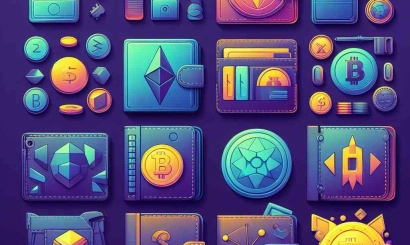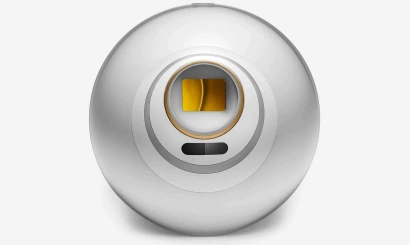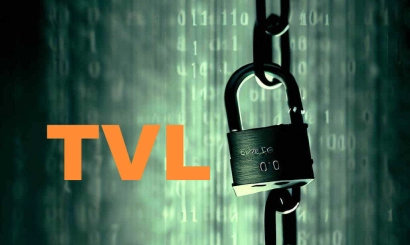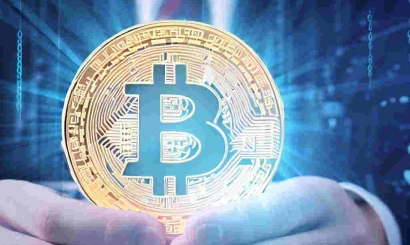The concept of "Distributed Ledger Technology" (DLT) has expanded beyond just technical circles and is frequently associated with blockchain systems. This terminology appears in various official documents, media coverage, and regulatory frameworks. While blockchain represents one type of DLT, not all distributed ledger systems are blockchains. Let's explore the fundamentals of DLT in detail.
UNDERSTANDING DLT
DLT represents an information management system distinguished by its shared nature and synchronized data validation through consensus mechanisms. Key characteristics include:
Geographically independent data distribution with identical copies No central controlling authority Network maintenance through distributed nodes Consensus-based data validation Participant interaction governed solely by network protocols
APPLICATIONS OF DLT
While cryptocurrency represents the most prominent DLT application, it's important to note that basic distributed ledgers and digital currencies are distinct concepts. Cryptocurrencies primarily serve as incentives for network participants to maintain nodes and support system operations.
DLT also enables smart contract execution and decentralized file storage within internet protocols.
DLT CLASSIFICATIONS
DLT systems can be categorized into three types based on accessibility:
- Public: These systems feature open-source protocols accessible to anyone. Examples include Bitcoin, Ethereum, and Dogecoin networks.
- Consortium: These networks operate under limited participant groups with predetermined consensus nodes. Examples like B3i, Corda, and R3 offer enhanced speed and privacy.
- Private: These systems, while labeled as DLT, deviate from true distributed ledger principles due to centralized control.
In conclusion, DLT's versatility enables diverse applications across various sectors. While currently dominant in cryptocurrency applications, its potential extends to broader implementations, including possible national-level DLT networks in the future.







